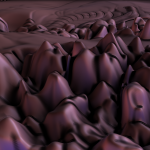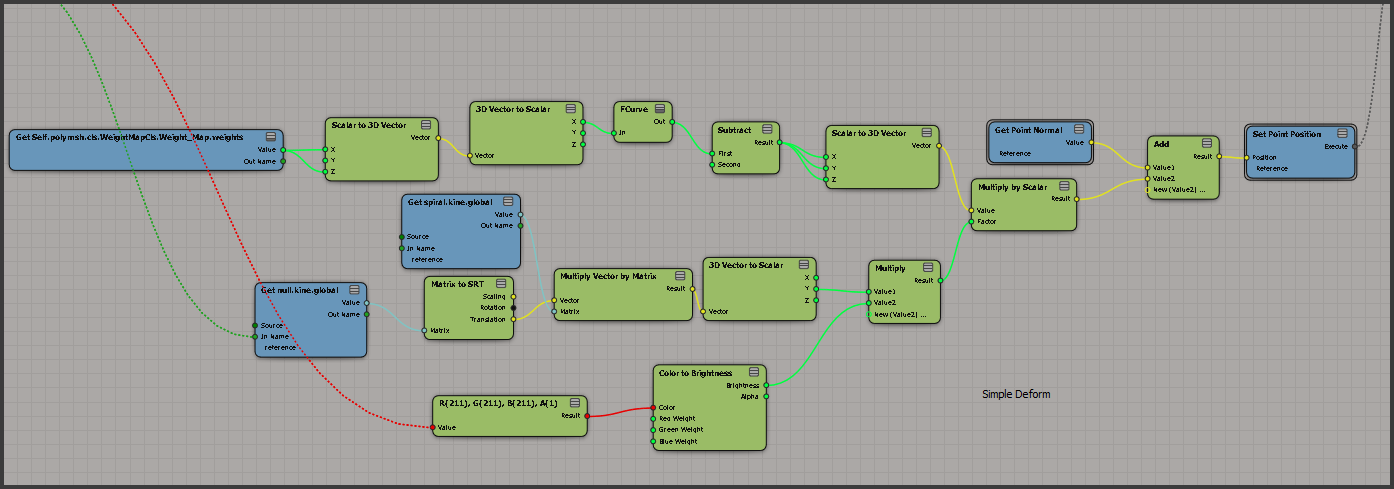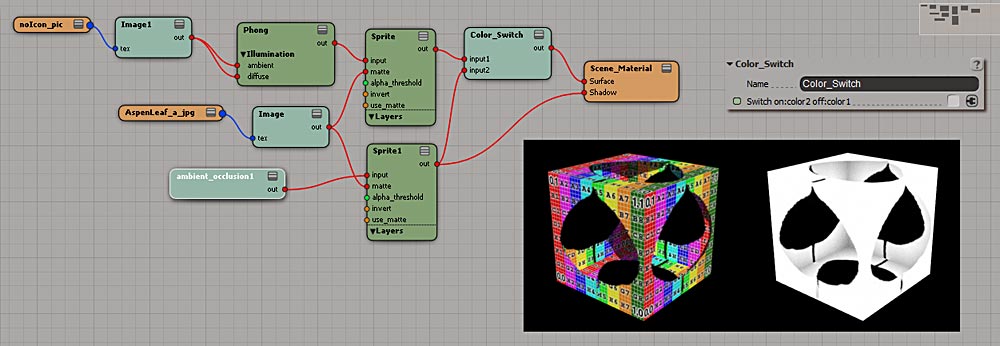Hi, everyone. Here is a Planet Surface that I quickly created one day in Mudbox. Stay Tuned for Tutorials to come soon.

Planet Surface
I’d also like to mention the differences between Vector Displacement Maps and Displacement Maps. If you are unsure between the differences. A displacement map works by displacing the object or the surface normals, whereas a Vector Displacement maps works in a similar fashion, except it can get areas that not along the surface normals, a common example is a human ear. Looking at a ear face on, is along a surfaces normals, there are parts, specifically the top of a ear that are not along a surface normal, that is where vector displacement maps work, beautifully.
Mudbox Artist, I will be posting VDM maps here, don’t forget to drop by ever so often. You can also find me on Autodesk Area Forum under the Avatar “FalconCrest” and I can also be found on the Si-Community Forum as well.






